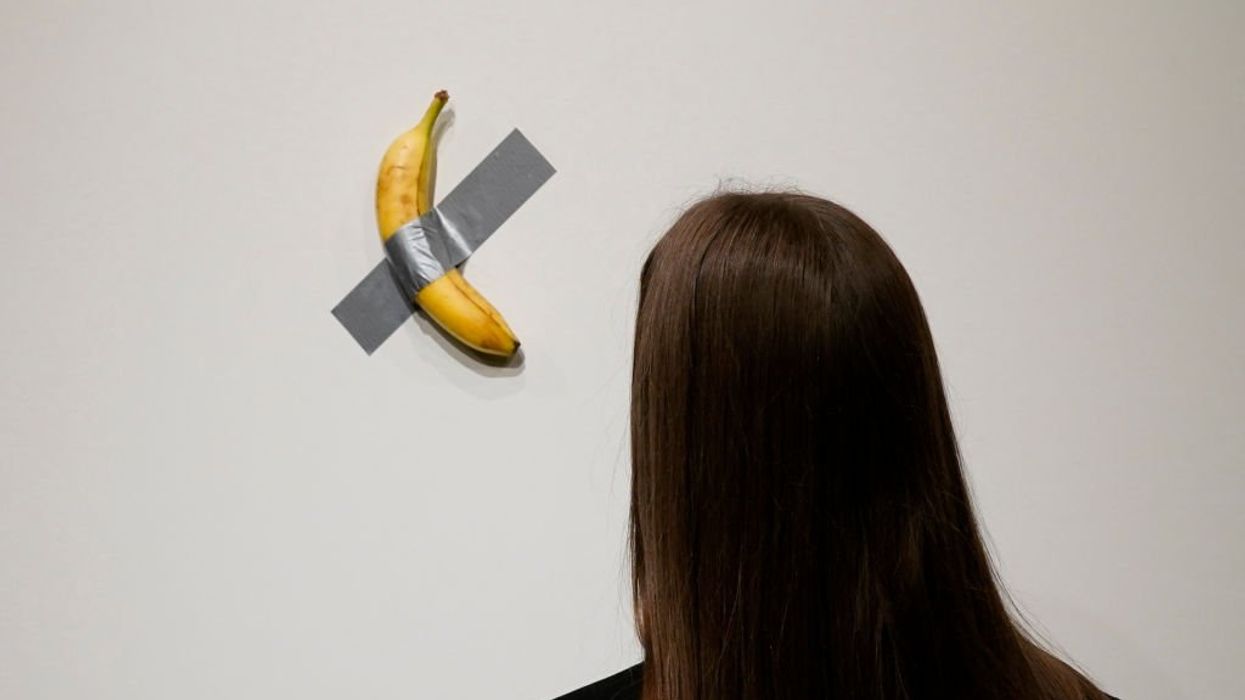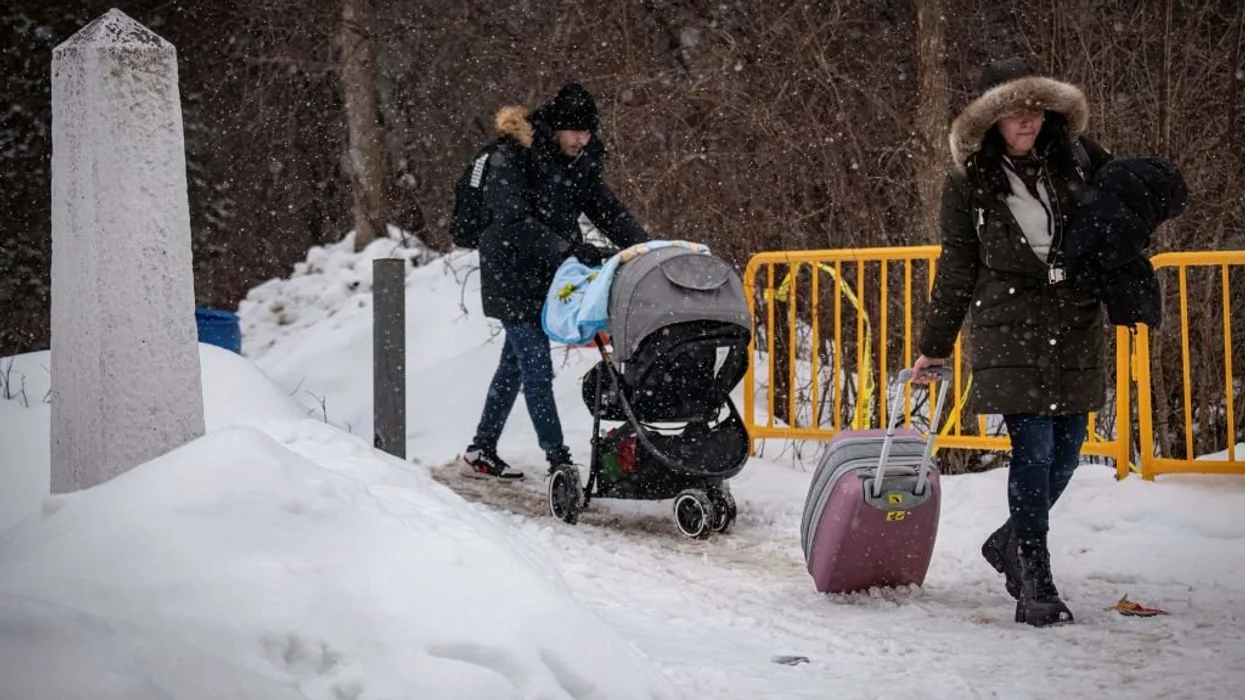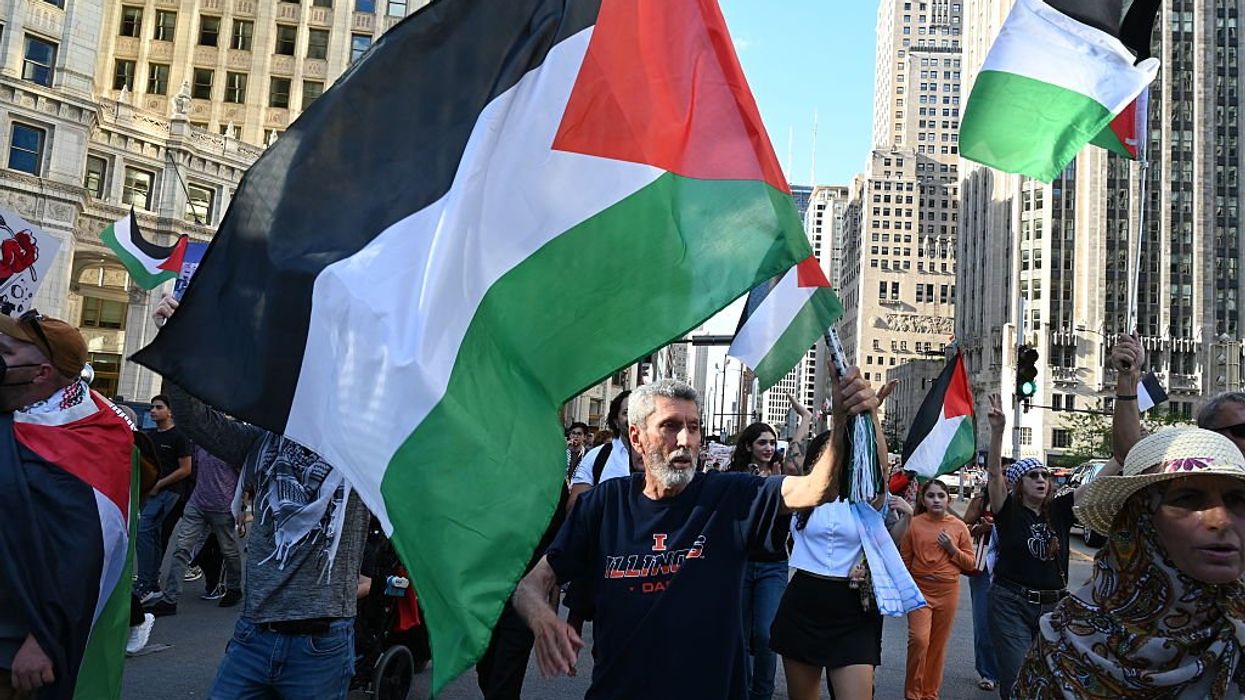Adel, a skinny Yemeni who I had worked with for several years to reduce the potential of trouble or violence from Arabian tribesmen against an American company in Yemen, waved to me from the middle of baggage claim.
“Scott! You are the same Scott,” he said with a smile as we did the traditional Yemeni handshake followed by about two or three air kisses to each side of our heads.
This wasn’t Yemen, however, it was Amman, Jordan. Adel and I set out to see, hear, and feel the refugee camp for ourselves. The country has been very welcoming to refugees from its border states. The shear number of Syrians from the destabilized neighbor is taking its toll on Jordan, however, and the King has racked up air miles seeking help and support abroad.
 SANLIURFA, TURKEY - JULY 14: A Syrian boy carrying a baby walk past the tents at a refugee camp in Suruc district of Sanliurfa on July 14, 2015, as the Syrian Kurds who fled the clashes between Daesh and Kurdish armed groups about a year ego, make preparations for the Eid al-Fitr marks the end of the Muslim holy fasting month of Ramadan by preparing sweets despite the all harsh conditions at the camp away from their home. (Photo by Halil Fidan/Anadolu Agency/Getty Images)
SANLIURFA, TURKEY - JULY 14: A Syrian boy carrying a baby walk past the tents at a refugee camp in Suruc district of Sanliurfa on July 14, 2015, as the Syrian Kurds who fled the clashes between Daesh and Kurdish armed groups about a year ego, make preparations for the Eid al-Fitr marks the end of the Muslim holy fasting month of Ramadan by preparing sweets despite the all harsh conditions at the camp away from their home. (Photo by Halil Fidan/Anadolu Agency/Getty Images)
I chose, purposely, not to make this trip an official visit, but rather, get an unofficial type perspective from those closest to the issue.
Jordan is an island of security in a sea of turmoil. They do not have the problems internally that surround them. They have been overly accommodating to their Syrian peers. Still, the situation is difficult for refugees, who can’t work while staying in Jordan, and for the Jordanians who have seen their budget and resources stretched.
Along the way, we stopped to look at an unnerving road sign. One way pointed to Syria, the other to Iraq. Naturally, we got out to take a selfie.
Then, on we went toward Az Zatarri, a refugee camp close to the Syrian border. Arriving at the town, we saw numerous Syrians walking in and out of the camp. They had to show papers and identification to the Jordanian police, who were securing the area.
Grabbing a local Jordanian and a young refugee, we made our way around the camp to view it and ask questions. The young refugee was 14 years old, and he told us his own family story: He lost an uncle and a brother, both had been killed in the crossfire of the Assad regime and Islamic State. With the boy in tow, we spoke to numerous refugees, both young and old, both male and female.
I believe we got a fairly well rounded view from the refugees and local families living with refugee camps as their neighbor. For the most part, the refugees want to stay in their lands, or at least return after the war subsides. Most were still in contact with relatives or friends who remain inside Syria. Many have lost some of both. Most want to work and earn money.
Keep in mind that some of the refugees have been in the camp for years, just existing, without a sense of productivity or perhaps dignity. The children remain smiling; but no doubt many will be shaped by this experience.
Standing on the rooftop of a house right next to the camp, we spoke with a local Bedouin family. They said residents were welcoming to the Syrians, but there has been some tension. They spoke of the lack of local business to help the Syrians, thus the lack of profit from United Nations’ contracts. But, for the most part, they seem to be okay with the Syrian guests, and understanding of what they are fleeing.
While some refugees want to go to Canada - the Canadian Foreign Minister recently visited the camp - most want to stay near. I am of the opinion that with the billions of dollars being spent internationally, a city of hope can be built anew right along the Syrian border.
I saw land with my own eyes that could be turned into a new city, where refugees can flock.
Here, the UN and Jordan can help administer the new city, and the international community can divert funds being used for refugee resettlement to help fund the infrastructure, security, and set it up.
Rich Gulf countries - many of which have taken no refugees - should bear a financial burden, at least equal to what they are spending inside the war, backing various groups.
Syrians could stay in their lands. Jordan can have the burden on its resources eased, and could even prosper from security and construction contracts with the new city.
Because these issues are felt around the globe, it is time for the international community to stop treating the secondary symptoms of refugees in Europe and elsewhere. While diplomatic negotiations and military operations attempt to fix the root cause, the primary symptoms of locally displaced persons must be addressed by a new city of hope in the Syrian and Jordanian borderland. This is a demonstrable way the international community can collectively help Syrian refugees.
–
TheBlaze contributor channel supports an open discourse on a range of views. The opinions expressed in this channel are solely those of each individual author.

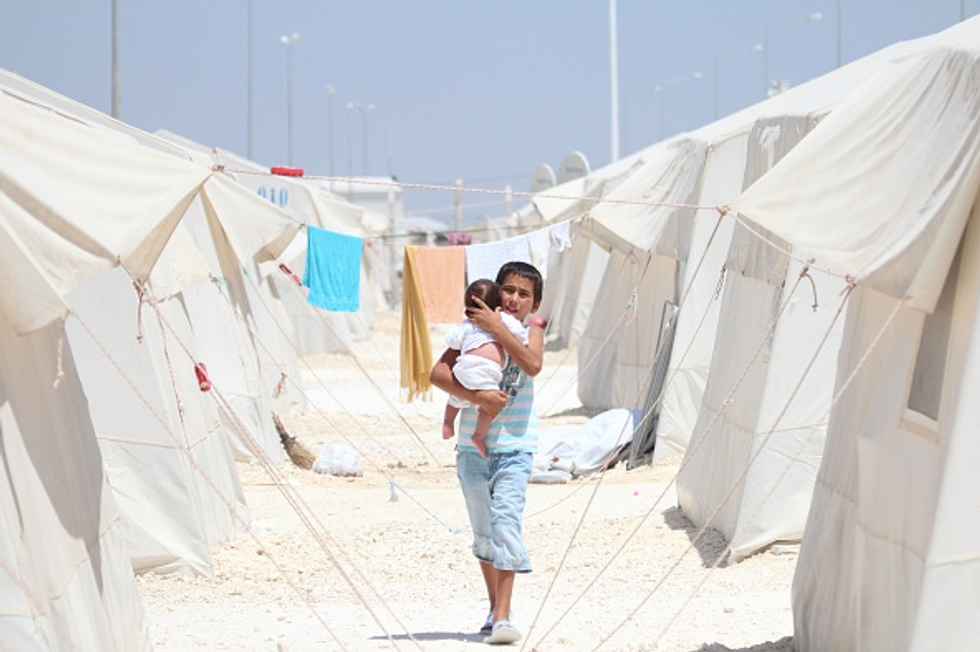
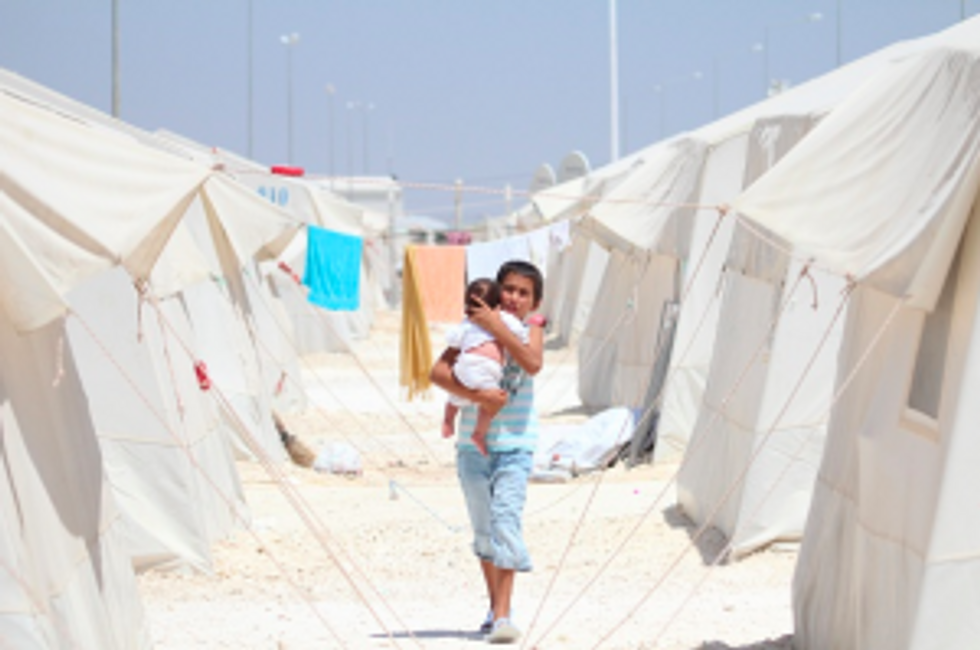 SANLIURFA, TURKEY - JULY 14: A Syrian boy carrying a baby walk past the tents at a refugee camp in Suruc district of Sanliurfa on July 14, 2015, as the Syrian Kurds who fled the clashes between Daesh and Kurdish armed groups about a year ego, make preparations for the Eid al-Fitr marks the end of the Muslim holy fasting month of Ramadan by preparing sweets despite the all harsh conditions at the camp away from their home. (Photo by Halil Fidan/Anadolu Agency/Getty Images)
SANLIURFA, TURKEY - JULY 14: A Syrian boy carrying a baby walk past the tents at a refugee camp in Suruc district of Sanliurfa on July 14, 2015, as the Syrian Kurds who fled the clashes between Daesh and Kurdish armed groups about a year ego, make preparations for the Eid al-Fitr marks the end of the Muslim holy fasting month of Ramadan by preparing sweets despite the all harsh conditions at the camp away from their home. (Photo by Halil Fidan/Anadolu Agency/Getty Images)

